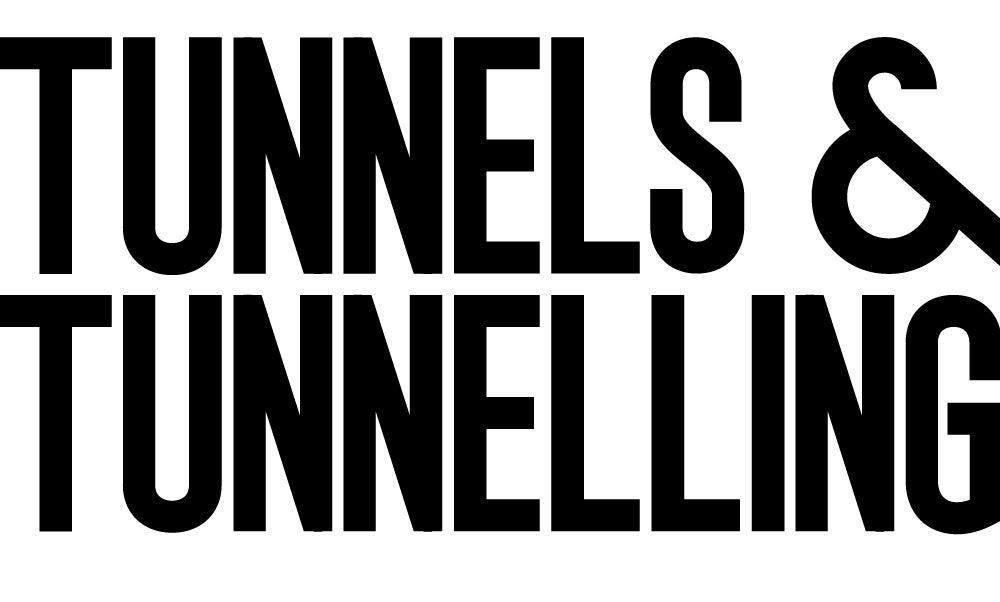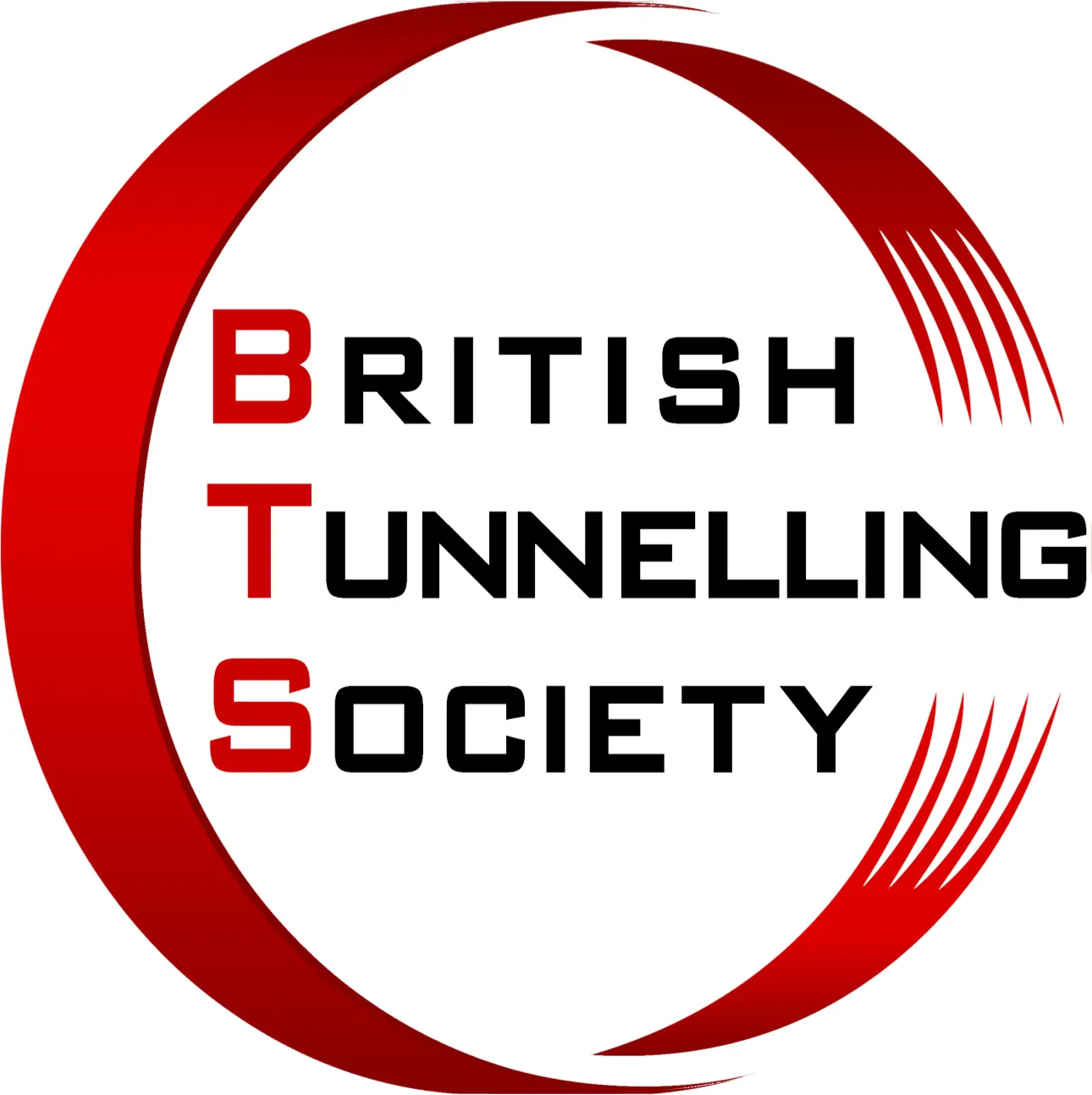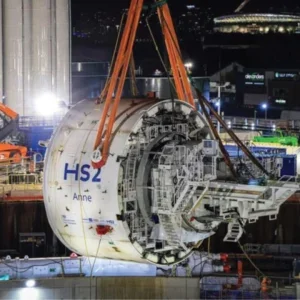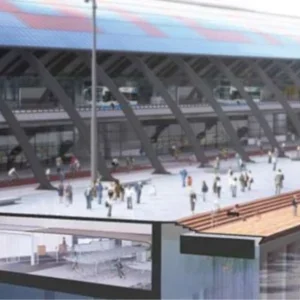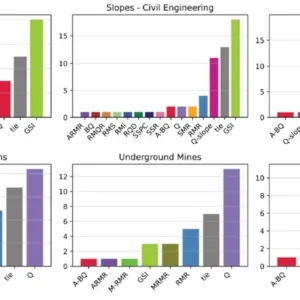Mechanised tunnel boring constantly conjures up new features and capabilities. The industry is able to produce large numbers of machines globally, many working in groups to excavate large projects.
Interesting recent developments in mixed-ground tunnelling include the newly completed Esme-Salihli rail bore in Turkey. There, Robbins used dual-mode excavation with a larger diameter hard rock, earth pressure balance (EPB) machine with hydraulic muck ring plus provision of both screw and belt conveyors. The company is also working on further refinements to its Crossover machine systems, based on experience from its other projects.
Being used on an increasing number of projects in Europe are Herrenknecht’s variable density TBMs, which have the capability to switch between EPB and slurry modes, so are able to tackle a variety of ground types. Among the projects are metro systems in Lyon and Paris, but also parts of the HS2 high-speed rail project in the UK. Constructing HS2 has involved some interesting robotic systems to help with some of the tunnel lining tasks.
Also on major long-distance rail but elsewhere in Europe, multiple TBM designs will be chosen for the five shields needed soon on the recently awarded large lots on the French side of the Lyon-Turin Base Tunnel project. Mechanised boring will also feature on the yet-to-be-awarded Italian side of the cross-border link, for which a further two TBMs are envisaged.
Like transport tunnels, hydraulic tunnels can also have gentle grades, but not always, such as those required on the steeper parts of underground hydropower complexes, built extensively through remote mountain ranges. For such projects, mechanised TBMs do not have a long history of selection, for multiple reasons. Although that has been changing a little over the last decade, much hydro tunnelling work is still performed by drill and blast, not least for its flexibility.
An interesting application of TBMs in the water tunnel market is inclined boring. For hydro, Robbins has smaller-diameter machines capable of repeated use. And last month, in Australia, Italian contractor Webuild launched a large diameter Herrenknecht single shield, hard rock TBM to bore part of the Snowy 2.0 pumped storage scheme which has inclines of up to 46.73% (25º) and declines of 9% (5º). The tunnels are around the underground powerhouse complex and the 11m-diameter TBM is the most sophisticated of the three machines working on the project.
Through last year, Herrenknecht introduced its new Connected system, aimed at offering data gathering and management capabilities to tunnelling projects. In another development, Webuild helped introduce a fresh approach to a different type of hydraulic tunnel: vertical risers were jacked vertically from a new offshore sewage outfall as part of the Riachuelo Lot 3 project off Buenos Aires, Argentina (see T&T April 2021). The scheme won the Technical Innovation of the Year category at the 2021 ITA Awards.
For= general TBM boring capability, fundamental research continues in laboratories. In Norway, new studies have started to advance rock abrasivity testing for TBM cutters, this time to help tunnellers use small core samples typical from project sites. Building upon earlier work, the door is open for industry involvement, T&T was told by research consultants SINTEF.
For the Esme-Salihli rail project in Turkey, Robbins saw its 13.77m diameter Crossover XRE TBM launched in March 2021; by October, the machine had completed a 3km bore through mainly mudstone but with gneiss at the outset. On the way, the TBM achieved best progress rates of 32.4m (day), 178.2m (week) and 721.8m (month). The contractor was Kolin Construction and the project developer is Turkish State Railways.
While the XRE achieved record advances for TBM class diameters in the 13-14m ranges, and more according to Robbins, the machine’s high performance on the Esme-Salihli project was facilitated by its interesting new capabilities. It is the first large-diameter TBM the company has designed which has a hydraulic muck ring and with both a screw conveyor and a belt conveyor in place, for full EPB and hard-rock modes of excavation respectively.
The setup shows the arrangement can work, the manufacturer tells T&T. A hydraulic ring had been provided in a Crossover machine before, on the Grosvenor Mine project, in Australia, but the TBM was not big enough to accommodate both belt and screw conveyors. TBMs on both projects – Esme and Grosvenor – were designed to provide fast changeover between modes.
Robbins tells T&T it is now focused on expanding the range of ground conditions through which its Crossover TBMs can bore efficiently, including low fines, mixed-face rock, and shear (fracture/fault) zones in rock with high pressure groundwater – all of which might see slurry machines used for excavation. Advances toward those ends include using centrally-mounted screw conveyors to operate sequentially, and also the use of compressed air.
Recent projects such as the Emisor Oriente sewer in Mexico City, and Gerede water tunnel, Turkey, both yielded experience with heavy-duty bottom screw conveyors, eventually leading to using centrally-mounted screws on the Crossover TBMs manufactured for Mumbai metro tunnelling. Robbins tells T&T that the experience showed that centre-mounted screws did better with abrasive wear than bottom screws. The company’s TBM on the Pearl River project, in China, also has a centre-mounted screw.
Advances in hard-rock tunnelling performance are being pursued by researchers in Norway, where further studies recently began to develop miniature equipment to test scaled TBM disc cutters and small intact rock samples. The latest work has equipment already operational as it takes forward prior findings in Rolling In Abrasion Tests (RIAT) for disc-cutter wear and indentation. Industry partners and external funding are being sought to expand the work.
The research push began in mid-2021 and is expected to last a few years while including studies on different RIAT and TBM-related topics. SINTEF and the Norwegian University of Science and Technology (NTNU) are hosting the efforts in their shared rock laboratory, in Trondheim. The organisations co-operate often, were involved in precursor research six years ago, and they are funding the initial phase of the new RIAT research but also plan to seek external funds and industry support from 2022.
Work over the last few months got the new RIAT testing apparatus operational, and has improved upon the previous equipment. Testing also began on a new preparation method for smaller rock samples, as also proposed by the prior studies.
While the required core diameter for a RIAT test is more than 80mm, the samples typically obtained from project sites are often slimmer. The latest work is developing ways to test samples of these smaller-diameter rock cores with miniature discs, SINTEF’s lead RIAT researcher Dirk van Oosterhout, explains to T&T.
The slim rock testing ability would help overcome limitations in pursuing key data, such as: full-size steel cutter tests requiring very large rock samples and associated test apparatus, leading to concrete blocks being used instead of site-specific rock; and, while smaller tests are possible to perform, that has not been so on typical core sample sizes from project locations.
The latest RIAT research, therefore, aims to overcome these blocks by allowing small-scale testing of slim-origin rock samples, and so bring more practical, project based, testing ability to the TBM industry.
Van Oosterhout says: “The tests are being performed in parallel to traditional drillability testing and used to qualitatively describe the wear that can be expected on TBM cutters” [when boring a tunnel]. Current benefits to industry, therefore, are expected to be project-specific quantitative relationships between laboratory tests, rock mass properties and cutter wear in hard rock. Future benefits to industry, he adds, may include “better predictions on wear cutter steel and the advance of hard rock TBMs”.
The latest RIAT research will seek better understanding of wear and indentation mechanisms on disc cutters, while also undertaking small-scale tests on new materials and anti-abrasive additives, says van Oosterhout. The focus is on hard-rock tunnelling but, “the device is built to be flexible”, he adds. “So any down-scaled process that involves thrust and rotation can be tested.”
On dissemination of research findings, while the ideal is to issue results far and wide and openly, support may place limits on sharing, such as funding given by industry partners.
The previous research, performed in 2016, was called Future Advanced Steel Technology for Tunnelling (FASTTunn) and collaborators included Robbins, BASF, the Norwegian national rail administration, steel companies Scana Steel Stavanger and BMS Steel, contractor LNS Group, consultant Babendererde, and SINTEF/NTNU, involving PhD work by Javier Macias. Support for the studies then came from industry plus funding from the Research Council of Norway.
